POLYCHROMATIC BOTANY // Foliar coloring as a protection strategy
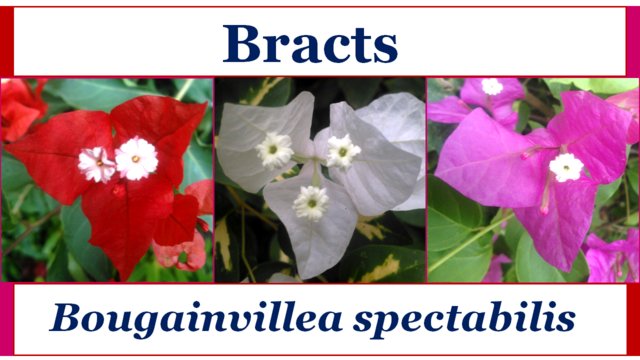
Dear friends, followers and members! of the Steem platform.
Giving continuity to the order of publication by subject, this time we will address aspects about POLYCHROMATIC BOTANY, particularly on foliar coloring as a protection strategy, making use of the color variation exhibited by the bracts of Bougainvillea spectabilis, commonly known as Trinitarian.
Introduction
Generally the color that the leaf blades have in the vegetal species, is basically due to two pigments of photosynthetic character among them; chlorophyll and carotenoids, the former provides the characteristic green color of the leaves, while the carotenoids offer, according to the reflected visible wave spectrum, a yellow, orange or red coloration, linked generically to the photosynthetic activity.
However, in addition to chlorophyll and carotenoids, the leaf blades have other biomolecules, such as; anthocyanins and betalains, these organic compounds even when not directly involved in photosynthesis, are synthesized during the vegetative and reproductive phase of plants, contributing strategically in certain physiological activities.
Consequently and considering that the polychromatic variation shown by the foliar structures can be related to physiological activities such as photosynthesis, pollination and plant protection, the objective of the post is to socialize the variation of the leaf color exhibited by the bracts of Trinitarian Bougainvillea spectabilis as a strategy of protection.
Polychromatic botany
The word polychromatic derives etymologically from the theoretical construct between the Greek meanings πολύς - "poli" (several) and χρώματος - "chroma" (color), this conceptual representation is widely used in botany, to distinguish mainly those macroscopic structures that exhibit multiple colors.
Within the vegetal structures of macroscopic profile, that show several colors are the leaf blades, flowers, fruits and seeds, now, it is important to point out that the coloration that these vegetal organs show, is product of the absorption of photons of light and whose tonality comes to make the result of waves reflected and visible to the human eye [6].
Foliar pigments
Plant species have specialized molecular structures to capture photons of light, which consecutively use in physiological processes at the cellular level, it is important to indicate that these structures responsible for absorbing light energy in plants are called plant pigments, and that the color they acquire the vegetal structures, they are the wavelengths that these pigments do not absorb and therefore they reflect.
Table. 1: Color, energy of adsorbed photons of visible, infrared and ultraviolet radiation, in addition to the wavelengths reflected by the plant pigments, according to [1].
| Infrared | ||
| Red | ||
| Orange | ||
| Yellow | ||
| Green | ||
| Blue | ||
| Violet | ||
| Ultraviolet |
Said this is to intuit, that plant pigments are biomolecules able to capture sunlight and transform it into chemical energy, in front of such consideration in the future, we will limit ourselves only to point out what related to the foliar or photosynthetic pigments, among these;
Chlorophyll
Chlorophyll, is the photosynthetic chromophore biomolecule of greater importance in plants, due to its high sensitivity to light radiation and efficient conversion to stable biochemical energy, through biological activities such as photoabsorption and photoassimilation [1].
The spectrum of wavelength, absorbed by chlorophyll, is comprised between the visible blue-violet and red photons, with the subsequent reflection mainly of green light, hence the characteristic color of the leaf blades.
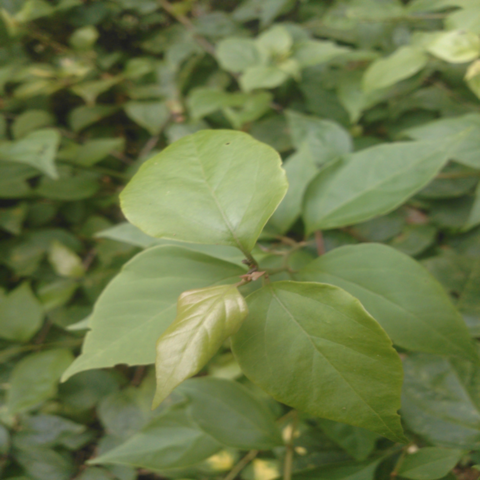
Fig. 2 Photosynthetic foliar plates of Bougainvillea spectabilis (Nyctaginaceae). Autor: @lupafilotaxia.
Carotenoids
Carotenoids, like chlorophyll, are chromophore biomolecules of photosynthetic quality, characterized by their ability to absorb light light effectively, within the main carotenoids present in the leaf blades found; α-carotene, β-carotene and xanthophylls, in relation to the wavelength absorbed, this is located between the visible blue-green light, reflecting visible spectra such as yellow, orange and red [1].
Anthocyanins
Physiologically anthocyanins, consist of biomolecules capable of reflecting visible light of red, purple and blue, and although in some plant species are found in cell vacuoles of foliar mesophyll not directly involved in the photosynthetic process, however, the light energy captured by the anthocyanins is added to that absorbed by chlorophyll [3].
Betalains
From the chemical point of view, betalains are water-soluble compounds of alkaloid groups, whose wavelength uptake is located between visible green-yellow light, and the later broad visible spectrum such as red, pink, violet and yellow, as well as that the anthocyanins do not participate directly in the photosynthetic process, their physiological activity being related to defense mechanisms to protect the leaf blades against ultraviolet light, within the vegetal structures that have betalains are the bracts [1].
Foliar coloring polymorphism
Usually plant ecosystems call each other; jungles, forests, savannahs, steppes, meadows, tundras, bushes, parks or even cultivated fields, are characterized by exhibiting leaf-blades of green color, this due to the presence of photosynthetic chlorophyll pigment, however, within these same plant communities regularly we can appreciate polymorphism of foliar coloring, observing reddish, yellow, pink, violet leaves among others [5].

Fig. 3. Polymorphism of foliar coloring of Bougainvillea spectabilis (Nyctaginaceae). Autor: @lupafilotaxia.
Leaf color variation
The variation of leaf color, which is exhibited by certain plant taxa, is related to the predominant presence of other pigments other than chlorophyll, among them; carotenoids, anthocyanin and betalains, in this sense, it is relevant to indicate that plants use this wide range of colors in their leaves, as a strategic resource either to attract pollinating agents, as a protection mechanism against herbivorous insects and in other cases to prevent foliar damage in photosynthetically active structures, product of the action of ultraviolet rays [6].
Pollinating agents, mainly bees, have some capacity to detect leaf color variations, this biological aspect has been related to the frequency of visits of these insects to floral structures, whose response of periodicity rises against more attractive colors (effect associated with greater availability of carbohydrates) [5].
Now, in the same way it has been suggested that the variation of the leaf color is also related to edaphoclimatic changes, either, to unequal values of pH in the soil, temperatures and relative seasonal changes in the light wavelength in certain ecosystems.
Bracts as polychromatic structures
The bracts, are leaf organic structures visually different from the photosynthetic sheets, this due to the wide polychromatic range that these structures show, element that confuses them with the floral whorls, however, these modified leaf blades do not participate physiologically in the plant reproduction [2].
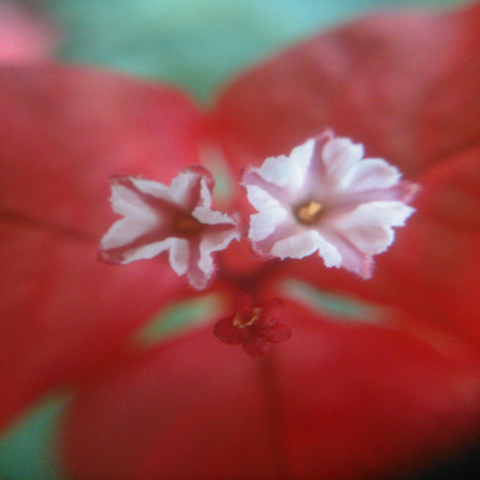
Fig. 4 Red bracts and white-colored flowers of Bougainvillea spectabilis (Nyctaginaceae). Autor: @lupafilotaxia.
Like the leaf blades of green color and therefore photosynthetically active, the bracts are morphologically similar to these, in terms of shape and size, in an equivalent way they are also inserted into the stem with petioles, forming an involucre with arrangement or filotaxico arrangement of three plates.
Field polychromatic study
Species and study area
In order to socialize some polychromatic strategies that show the vegetables, I will socialize with all of you a study on the variation of the leaf color that the bracts of the species Bougainvillea spectabilis (Nyctaginaceae) vulgarly known as Trinitarian exhibit, the study area corresponds to the spaces of the Agricultural Production Engineering program of UNESUR, a university institution located in Santa Bárbara de Zulia - Venezuela.
Methodological approach
In order to relate the evolutionary advantage expressed by the bracts, we proceeded to make polychromatic observations in leaf specimens of Bougainvillea spectabilis, the descriptive analyzes consisted in estimating the predominance of foliar coloring and the biomass of the polychromatic sheets with respect to the photosynthetically active.
Polychromatic results
Predominance of foliar coloring
The foliar red color was much more abundant in the individuals sampled, followed by the pink and white, it is relevant to specify, that of the Bougainvillea spectabilis bracts observed, 100% had white flowers with yellow stamens.
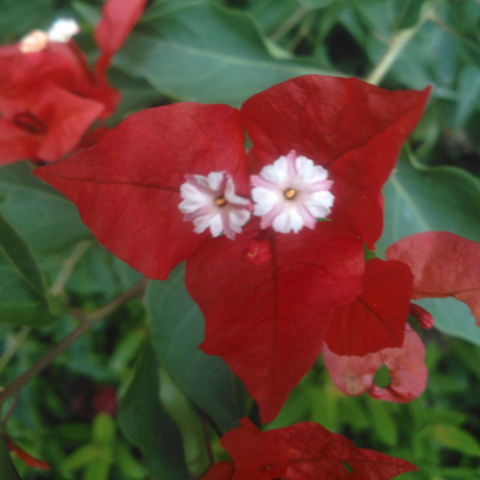
Fig. 5 Bracts of red coloration of Bougainvillea spectabilis (Nyctaginaceae). Autor: @lupafilotaxia.
The predominance of red color in the bracts, probably due to a strategy of protection against the effect of ultraviolet rays on the photosynthetic sheets, as opposed to a strategy of attracting pollinating agents, this is because, biologically it is known that multiple insects do not they perceive the color red and its polychromatic variations. Therefore, this mechanism of photoprotection by red coloration in the bracts, corresponds to physiological events that prevent green photosynthetic odor plates from degrading.
Biomass of polychromatic sheets
The highest photosynthetically active foliar biomass found was in individuals of Bougainvillea spectabilis, which exhibited pink-colored bracts, it is estimated that this physiological response is due to a greater presence of hydrosoluble pigments of betalains containing nitrogen at the level of bracts, element that indirectly helps photosynthetic activity.
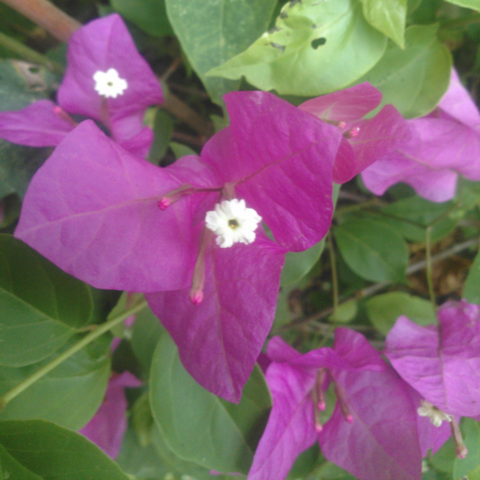
Fig. 6 Bracts of pink coloration of Bougainvillea spectabilis (Nyctaginaceae). Autor: @lupafilotaxia.
In relation to the bracts of Bougainvillea spectabilis, which exhibited white coloration, it is deduced that it is a strategy to scare away the pollinating agents, this because, physiologically white color is associated with sterile flowers with low sugar content.

Fig. 7 Bracts of white coloration of Bougainvillea spectabilis (Nyctaginaceae). Autor: @lupafilotaxia.
SCIENTIFIC CONTRIBUTIONS OF THIS PUBLICATION
- This polychromatic study on foliar coloring as a protection strategy, using leaf blades of Bougainvillea spectabilis, allows to compare the evolutionary strategies shown by bracts through the influence of color, the observations made admit that the red coloration sheets are part of a strategy adaptive tending to provide protection to photosynthetically active leaf blades, in front of the adverse effects exerted by ultraviolet rays, in addition the socialized information foresees a positive relationship between the bracts of pink color and greater biomass or photosynthetic area, finally the post, serves starting point for future research where measurements of other variables can be incorporated, such as the frequency of visits of pollinating agents.
BIBLIOGRAPHICAL REFERENCES CONSULTED AND CITED:
[1] Azcón-Bieto J., Talón M. Fundamentos de fisiología vegetal. McGraw-Hill – Interamericana de España, S.A.U. Segunda edición. 2008;171-173.
[2] Christinet L., Burdet F., Zaiko M., Hinz U., Zrÿd, J. Characterization and functional identification of a novel plant 4,5-extradiol dioxygenase involved in betalain pigment biosynthesis in Portulaca grandiflora. Plant Physiol. 2004;134:265-274.
[3] Espín J. Anthocyanin-Based Natural Colorants. A new source of Antiradical Activity for Foodstuff. J Agric. Food Chem. 2000;48:1588-1592.
[4] Gandía F., Escribano J., García F. Structural implications on color, fluorescence, and antiradical activity in betalains. Planta. 2010;232:449-460.
[5] Laverty T. Plant interaction for pollinator visits: a test for the magnet species effect. Oecologia. 1992;89:502-508.

✔ The videos and photos are the property of the author @lupafilotaxia, and were taken with a digital camera Model Samsung HD 5X Touch Screen.
✔ All the designs of images and graphic figures were made by the author @lupafilotaxia, through the Office Power Point 2017 program.
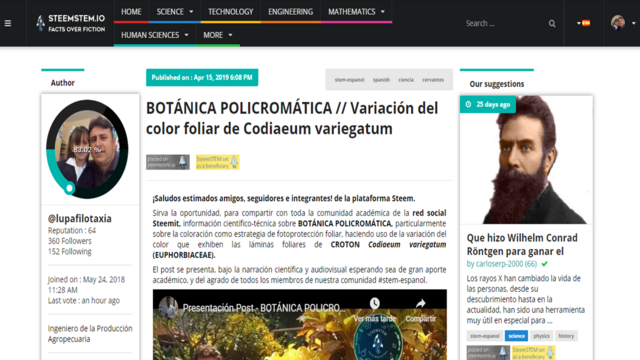

[6] Papiorek S., Rohde K., and Lunau K. Bees’ subtle colour preferences: how bees respond tosmall changes in pigment concentration. Naturwissenschaften. 2013;100:633-643.
ATTENTION / Readers and Followers
If you want to read more scientific articles of excellent academic quality, do not waste time, and visit the label #steemSTEM, is a large community that values and promotes scientific content, mainly in the areas of Science, Technology, Engineering and Mathematics.

INVITATION
Dear reader, if you wish to obtain more information about it, join our server in Discord
OBSERVATIONS
✔ The POST 📧📨 was uploaded using the official app of https://www.steemstem.io
OBSERVATIONS
✔ The POST 📧📨 was uploaded using the official app of https://www.steemstem.io
You can visit the official app of our community
https://www.steemstem.io


A wild idea: Is it possible that humans evolved a liking for dressing in vivid colors because it discouraged predators?
Greetings @alexander.alexis, thanks for visiting the blog. It is not so farfetched, that these chromatic patterns in human clothing can be interpreted as evolutionary strategies to distract or discourage predators. What is certain is that within the animal kingdom these evolutionary responses, of dressing with bright colors, among these; the yellow, black and fuchsia, is a strategy used by insects and is interpreted as a defensive mechanism to scare off their potential predators, however, in the case of us humans, the main reason why we use different colors in our clothing , is related to tactics of attraction to establish approach to individuals of the opposite sex.
Very nice again, thank you!
Thank you.
This post has been voted on by the SteemSTEM curation team and voting trail. It is elligible for support from @curie and @utopian-io.
If you appreciate the work we are doing, then consider supporting our witness stem.witness. Additional witness support to the curie witness and utopian-io witness would be appreciated as well.
For additional information please join us on the SteemSTEM discord and to get to know the rest of the community!
Thanks for having added @steemstem as a beneficiary to your post. This granted you a stronger support from SteemSTEM.
Thanks for having used the steemstem.io app. You got a stronger support!
Thanks for the support.
Hi @lupafilotaxia!
Your post was upvoted by Utopian.io in cooperation with @steemstem - supporting knowledge, innovation and technological advancement on the Steem Blockchain.
Contribute to Open Source with utopian.io
Learn how to contribute on our website and join the new open source economy.
Want to chat? Join the Utopian Community on Discord https://discord.gg/h52nFrV
Thanks for the support.